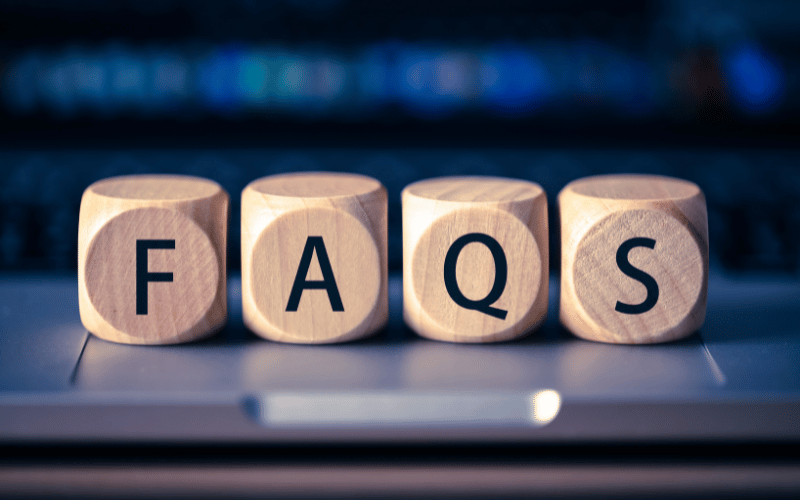FAQ: Frequently Asked Questions About Sleep Apnea

1. Is there a connection between sleep apnea and acid reflux?
Yes, sleep apnea and acid reflux, also known as gastroesophageal reflux disease (GERD), are often comorbid. The disrupted sleep patterns and frequent waking in sleep apnea patients can lead to esophageal sphincter relaxation, causing acid reflux. Conversely, GERD can wake you up and make it hard to fall back asleep, leading to fatigue that exacerbates sleep apnea. It’s a problematic cycle that requires a holistic treatment approach.
2. Are there any natural remedies for sleep apnea?
While the efficacy of natural remedies is not as well-documented as medical treatments, some people report relief from symptoms through methods such as positional therapy (sleeping on one’s side instead of back), herbal remedies, and throat exercises. However, it’s crucial to consult healthcare professionals for a proper diagnosis and treatment plan tailored to your condition.
3. Can children develop sleep apnea?
Yes, children can suffer from sleep apnea, though it is more commonly diagnosed in adults. Symptoms in children may manifest differently and can include bed-wetting, poor academic performance, and behavioral issues. Treatment often involves removing the tonsils or adenoids, which can obstruct the airway, especially in children.
4. Is sleep apnea a risk factor for developing dementia?
Emerging research suggests that long-term, untreated sleep apnea might be linked with cognitive decline, including an increased risk for dementia. The repeated episodes of low oxygen levels during sleep can have a neurodegenerative impact over time. However, more research is needed to solidify this link, and treating sleep apnea appears to mitigate some of these risks.
5. How do travel and altitude affect sleep apnea?
Changes in altitude can significantly affect sleep apnea symptoms. Higher altitudes can exacerbate symptoms because less oxygen is available in the air. Many modern CPAP machines come with an altitude adjustment setting. Traveling can also be disruptive due to changes in sleep patterns, jet lag, and the challenge of carrying your treatment equipment, making it crucial to plan ahead.
Conclusion: Unveiling the Multi-Faceted Nature of Sleep Apnea
Sleep apnea is far more than just the stereotypical snoring and gasping many people associate with the disorder. As we’ve seen, its intricate relationship with various life aspects like gender, age, mental health, and even financial considerations can’t be understated. By examining its complex tapestry, we gain a nuanced understanding of the condition, moving beyond the standard narratives often found in conventional health discussions.
The issue of underdiagnosis, especially in different age groups and genders, emphasizes the urgent need for increased awareness and education. Misunderstanding and stigma often contribute to delayed or inadequate treatment, resulting in numerous adverse health outcomes, both physical and emotional. We’ve also highlighted the interconnections between sleep apnea and other conditions such as heart disease and Type 2 diabetes, illustrating the systemic impact of this seemingly isolated sleep issue.
Technological advancements have opened up new avenues for diagnosis and treatment, from portable CPAP machines to specialized apps and gadgets designed for sleep tracking. These developments signal a paradigm shift in how we approach and manage sleep disorders, offering personalized and user-friendly options for those afflicted.